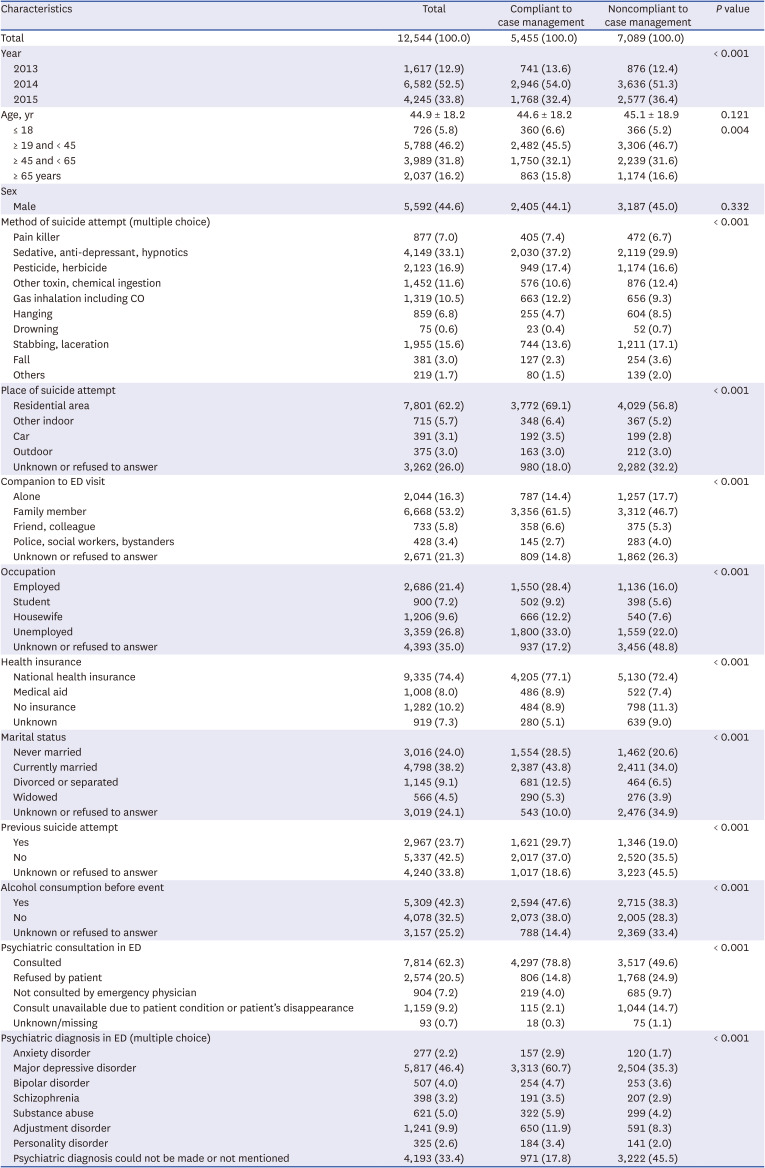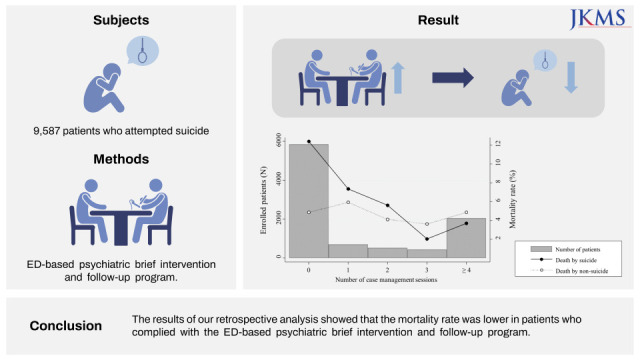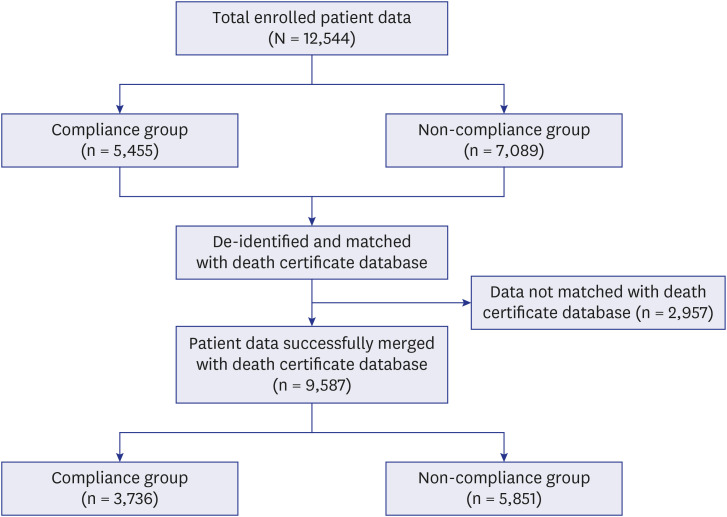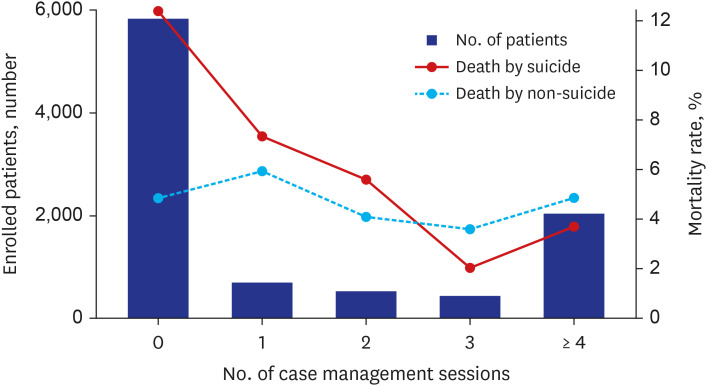1. World Health Organization. Public Health Action for the Prevention of Suicide: A Framework. Geneva, Switzerland: World Health Organization;2012.
2. Biddle L, Brock A, Brookes ST, Gunnell D. Suicide rates in young men in England and Wales in the 21st century: time trend study. BMJ. 2008; 336(7643):539–542. PMID:
18276666.

3. Brown JF. Psychiatric emergency services: a review of the literature and a proposed research agenda. Psychiatr Q. 2005; 76(2):139–165. PMID:
15884742.

4. Kalb LG, Stapp EK, Ballard ED, Holingue C, Keefer A, Riley A. Trends in psychiatric emergency department visits among youth and young adults in the US. Pediatrics. 2019; 143(4):e20182192. PMID:
30886112.

5. Asarnow JR, Baraff LJ, Berk M, Grob CS, Devich-Navarro M, Suddath R, et al. An emergency department intervention for linking pediatric suicidal patients to follow-up mental health treatment. Psychiatr Serv. 2011; 62(11):1303–1309. PMID:
22211209.

6. Stanley B, Brown GK, Currier GW, Lyons C, Chesin M, Knox KL. Brief intervention and follow-up for suicidal patients with repeat emergency department visits enhances treatment engagement. Am J Public Health. 2015; 105(8):1570–1572. PMID:
26066951.

7. Frosch E, dosReis S, Maloney K. Connections to outpatient mental health care of youths with repeat emergency department visits for psychiatric crises. Psychiatr Serv. 2011; 62(6):646–649. PMID:
21632734.

8. Currier GW, Fisher SG, Caine ED. Mobile crisis team intervention to enhance linkage of discharged suicidal emergency department patients to outpatient psychiatric services: a randomized controlled trial. Acad Emerg Med. 2010; 17(1):36–43. PMID:
20015106.

9. Na KS, Park SC, Kwon SJ, Kim M, Kim HJ, Baik M, et al. Contents of the standardized suicide prevention program for gatekeeper intervention in Korea, version 2.0. Psychiatry Investig. 2020; 17(11):1149–1157.

11. Michiels EA, Dumas F, Quan L, Selby L, Copass M, Rea T. Long-term outcomes following pediatric out-of-hospital cardiac arrest. Pediatr Crit Care Med. 2013; 14(8):755–760. PMID:
23925145.

12. Gerson R, Havens J, Marr M, Storfer-Isser A, Lee M, Rojas Marcos C, et al. Utilization patterns at a specialized children’s comprehensive psychiatric emergency program. Psychiatr Serv. 2017; 68(11):1104–1111. PMID:
28617206.

13. Zeller SL, Rieger SM. Models of psychiatric emergency care. Curr Emerg Hosp Med Rep. 2015; 3(4):169–175.

14. Knox KL, Stanley B, Currier GW, Brenner L, Ghahramanlou-Holloway M, Brown G. An emergency department-based brief intervention for veterans at risk for suicide (SAFE VET). Am J Public Health. 2012; 102(Suppl 1):S33–S37. PMID:
22390597.

15. D’Onofrio G, Fiellin DA, Pantalon MV, Chawarski MC, Owens PH, Degutis LC, et al. A brief intervention reduces hazardous and harmful drinking in emergency department patients. Ann Emerg Med. 2012; 60(2):181–192. PMID:
22459448.

16. Kim B, Ahn JH, Cha B, Chung YC, Ha TH, Hong Jeong S, et al. Characteristics of methods of suicide attempts in Korea: Korea National Suicide Survey (KNSS). J Affect Disord. 2015; 188:218–225. PMID:
26368946.

17. Owens PL, Mutter R, Stocks C. Mental health and substance abuse-related emergency department visits among adults, 2007. Healthcare Cost and Utilization Project (HCUP) Statistical Briefs. Rockville, MD, USA: Agency for Healthcare Research and Quality;2010.
18. Clarke D, Usick R, Sanderson A, Giles-Smith L, Baker J. Emergency department staff attitudes towards mental health consumers: a literature review and thematic content analysis. Int J Ment Health Nurs. 2014; 23(3):273–284. PMID:
23980913.








 PDF
PDF Citation
Citation Print
Print






 XML Download
XML Download